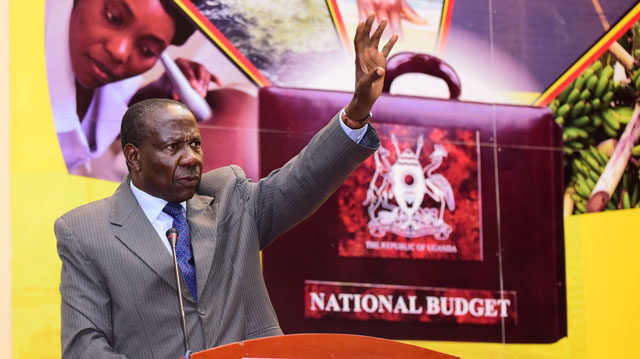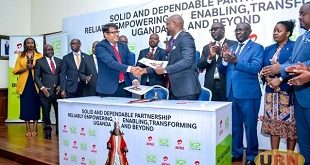
NRM’s 32 year economy: If majority are praising it, why are experts worried about the future?
Kampala, Uganda | JULIUS BUSINGE | One highlight of President Yoweri Museveni’s 32-year stay in power has been the massive efforts at resuscitating the economy. When Museveni and his group came into power in 1986, they faced a collapsed economy and therefore had it as one of the key issues in the National Resistance Movement (NRM) 10 point program.
Inflation at the time had touched the highs of 300%. Today it has settled below 10% for about the past five years apart from the 30% that was recorded at the end of 2011, the highest since 1993. GDP has been quoted to be growing at an average of 6.5% per year.
Before 1986, internal conflicts, dictatorship, and economic disintegration had characterised the years from 1971 when Idi Amin took over power, to the eighties that culminated in a violent civil war during the second Milton Obote reign and the Okello Lutwa regime.
Some experts however feel Uganda has attained growth without development. They argue that Uganda has seen growth in numbers in many areas – GDP, education institutions, private companies, health facilities, roads, power dams, schools and enrollment – but the quality needed to spur development is lacking.
Why this view persists can be traced to the difficulties faced at different stages in the 32 years as Museveni and the NRM sought solutions to fix the economy.
Economy’s transformation journey 1986-1990
The period from 1986-1990 was Museveni’s pre-reform period during which the NRM pondered over the direction of economic policy it would take.
Museveni looked at three major factors to guarantee the prosperity of Ugandans – having a critical mass of buyers and consumers of the goods and services produced by families and communities; infrastructure to support the production and exchange of those goods and services (electricity, roads, the railways, ICT) and security of person and property.
By 1986, the government had 146 state-owned enterprises with 138 majority holding and eight minority state holdings. Most of the 146 state-owned enterprises existed only in the register and most performed poorly as a result of the country’s violent political history and a collapsed economy.
They suffered from low capacity utilisation, large operating losses or low profitability and being illiquid and indebted.
Before privatisation and with the exception of 1988, the financial performance of joint venture companies returned an operating loss of Shs72m ($36,000) between 1986 and 1988. Most were insolvent, illiquid and operating below 50% capacity.
IMF and World bank 1990-95
The period 1990-1995 was the most fundamental where economic reforms were taken setting Uganda to the liberal economy with the influence of the International Monetary Fund (IMF) and the World Bank (WB).
Three issues stood out; the legalisation of the parallel foreign exchange rate market in 1990; liberalisation of coffee marketing in 1991 and the merger of the Ministry of Finance and the Ministry of Planning and Economic Development in March 1992 and the achievement of macroeconomic stability.
In 1995-2002 is when the fundamental reforms that had been initiated in the early 1990s were taken forward through developments such as decentralisation, the Poverty Eradication Action Plan and the medium term expenditure framework. The focus on policy was on poverty reduction and expanded provision of public services.
From 2002 onwards, government continued to consolidate and adjust to political and personnel changes. The emphasis on economic policy has since shifted from poverty eradication to economic growth with a somewhat more interventionist role for government. Uganda’s GDP growth averaged 6.5% per annum in the 1990s and 2000s. This was minimal but better than the 2.6% recorded between 1965—1985. Real GDP per capita has improved to USD 615 up from US$230 in the 1970s.
 The Independent Uganda: You get the Truth we Pay the Price
The Independent Uganda: You get the Truth we Pay the Price


